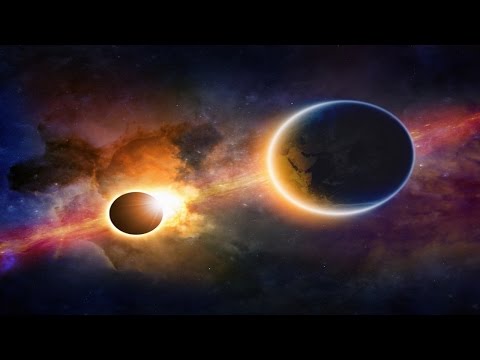From Spiral to Elliptical: The Different Types of Galaxies in the Cosmos
Galaxies are vast systems of stars, gas, dust, and dark matter that make up the building blocks of the universe. They come in various shapes and sizes, with the two most common types being spiral and elliptical galaxies. These two types of galaxies differ greatly in their appearance, structure, and formation, and each plays a unique role in the cosmos.
Spiral galaxies are perhaps the most iconic and recognizable type of galaxy. They are characterized by their spiral arms that radiate out from a central core. These arms are made up of stars, gas, and dust that form a graceful, swirling pattern. The Milky Way, our own galaxy, is a prime example of a spiral galaxy.
Spiral galaxies are typically flat, disk-shaped structures with a bulging central region that contains a high concentration of stars. They are often found in groups or clusters, where they interact with other galaxies and exchange material through collisions and mergers. These interactions can trigger star formation and lead to the creation of new galaxies.
Elliptical galaxies, on the other hand, are much less structured and more elliptical or spherical in shape. They lack the distinct spiral arms of spiral galaxies and instead have a smooth, featureless appearance. Elliptical galaxies are often found in the centers of galaxy clusters, where they are thought to have formed through the collision and merger of smaller galaxies.
Elliptical galaxies are also much older than spiral galaxies, containing mostly older stars and lacking the gas and dust necessary for new star formation. They are often referred to as “red and dead” galaxies because of their red color and lack of ongoing star formation. Despite their lack of activity, elliptical galaxies are still important players in the cosmos, as they contain a significant amount of dark matter and play a crucial role in the evolution of galaxy clusters.
In addition to spiral and elliptical galaxies, there are also irregular galaxies, which do not fit neatly into either category. These galaxies have a chaotic and asymmetrical appearance, lacking the defined structure of spiral galaxies or the smoothness of elliptical galaxies. Irregular galaxies are often small and contain large amounts of gas and dust, making them sites of intense star formation.
The study of galaxies is a complex and fascinating field of astronomy that continues to yield new discoveries and insights into the nature of the universe. By studying the different types of galaxies, astronomers can learn more about the formation and evolution of galaxies, the distribution of dark matter, and the overall structure of the cosmos. Whether spiral, elliptical, or irregular, each type of galaxy has its own unique story to tell about the vast and mysterious universe we call home.













